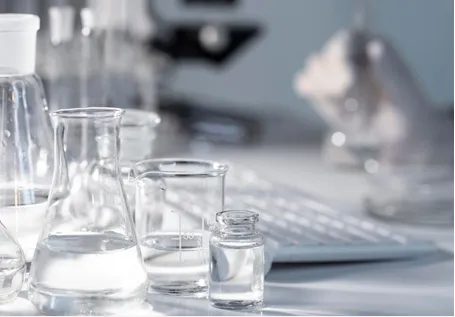Understanding the Pricing of Anionic Polyacrylamide Trends and Factors
Anionic polyacrylamide (APAM) is a water-soluble polymer that plays a crucial role in various industries such as agriculture, mining, wastewater treatment, and oil recovery. Its ability to improve the viscosity of water, enhance soil structure, and assist in particle aggregation makes it an invaluable asset in many applications. However, as with any industrial product, the pricing of anionic polyacrylamide is influenced by a variety of factors ranging from raw material costs to market demand and production capabilities.
Raw Material Costs
The primary factor influencing the price of anionic polyacrylamide is the cost of its raw materials. APAM is synthesized from acrylamide monomers, which can be produced through the hydrolysis of acrylonitrile. The price of acrylonitrile is subject to fluctuations based on global oil prices, supply chain dynamics, and geopolitical factors. For manufacturers, any increase in the cost of these raw materials directly impacts the overall production cost, which is ultimately reflected in the pricing of the final product.
Production Process and Technology
The production process of anionic polyacrylamide also affects its price. Advanced manufacturing technologies and efficient production methods can significantly lower costs. Facilities that utilize innovative techniques to minimize waste and increase yield tend to offer competitive pricing. Moreover, the scale of production plays a critical role; larger manufacturers can often reduce per-unit costs due to economies of scale. Companies investing in modern, efficient technologies are likely to achieve better pricing outcomes and thus influence market prices positively.
Market Demand
The demand for anionic polyacrylamide varies across different sectors. In agriculture, it is used as a soil conditioner and to enhance water retention. In wastewater treatment, its flocculating properties are essential for improving sedimentation rates. An increase in demand from any of these sectors can lead to price spikes. For instance, recent trends in sustainable agriculture and strict environmental regulations have amplified the need for efficient water management solutions, thereby boosting the market demand for APAM. The competitive landscape and the regulatory environment concerning its applications also play significant roles in determining pricing.
Regional Factors
anionic polyacrylamide price

Regional market dynamics can have a substantial impact on the pricing of anionic polyacrylamide. For instance, countries rich in petroleum resources may experience lower raw material costs, leading to cheaper production of APAM. Conversely, regions with limited access to necessary raw materials or advanced production technologies may face higher prices. Additionally, import and export regulations, tariffs, and trade agreements can further influence pricing strategies in different regions, creating a landscape of price variability on a global scale.
Environmental Regulations
As environmental concerns continue to rise, regulations surrounding the use of polyacrylamide products and their potential impact on ecosystems are becoming stricter. Manufacturers are increasingly required to adhere to international safety and environmental standards, often necessitating investments in safer production methods and materials. Compliance with these regulations may lead to increased production costs, which can be reflected in the final market price of anionic polyacrylamide.
Future Pricing Trends
Looking ahead, the pricing of anionic polyacrylamide is expected to be influenced by several key trends. The ongoing development of more sustainable and environmentally friendly manufacturing processes may lead to changes in raw material sourcing and production methods. Additionally, the push for efficiency and cost-effectiveness in various applications may create new opportunities for innovation within the industry.
The shift towards digitalization and smart agriculture practices will likely enhance the demand for APAM, particularly in regions susceptible to drought and water shortages. As the focus on sustainable practices grows, the demand for APAM as a crucial component in various applications will likely continue to rise, potentially driving prices upward.
Conclusion
In summary, the pricing of anionic polyacrylamide is influenced by a complex interplay of factors including raw material costs, production technologies, market demand, regional dynamics, and regulatory landscapes. As industries evolve and the need for efficient water management and soil enhancement grows, understanding these pricing trends will be critical for stakeholders in the APAM market. Ultimately, navigating the future of anionic polyacrylamide pricing will require comprehensive market analysis and adaptability to changing conditions.

